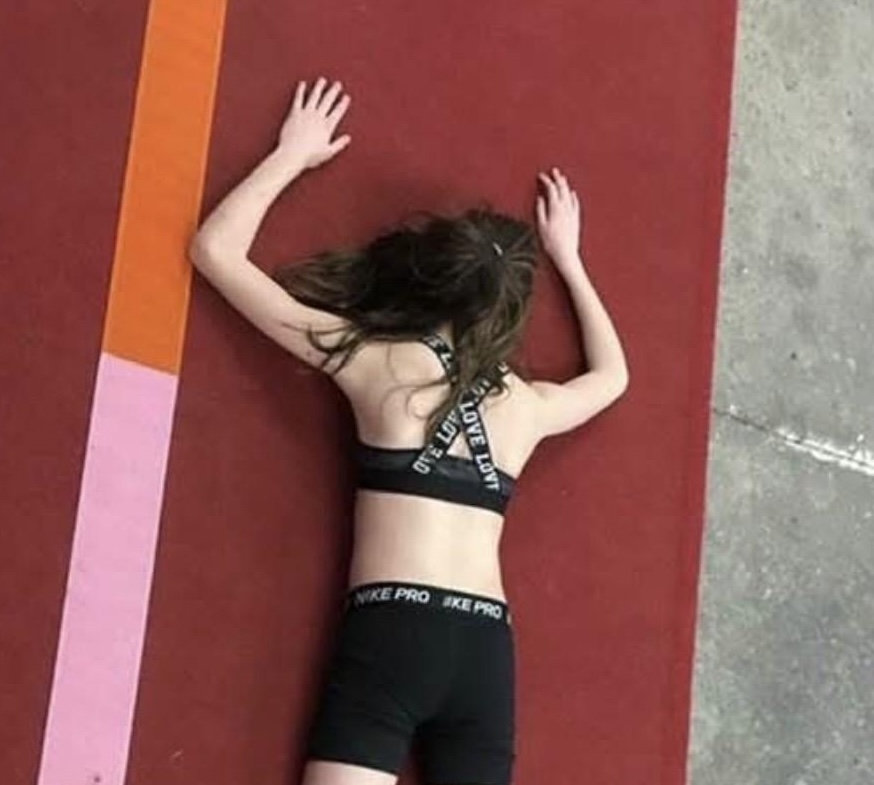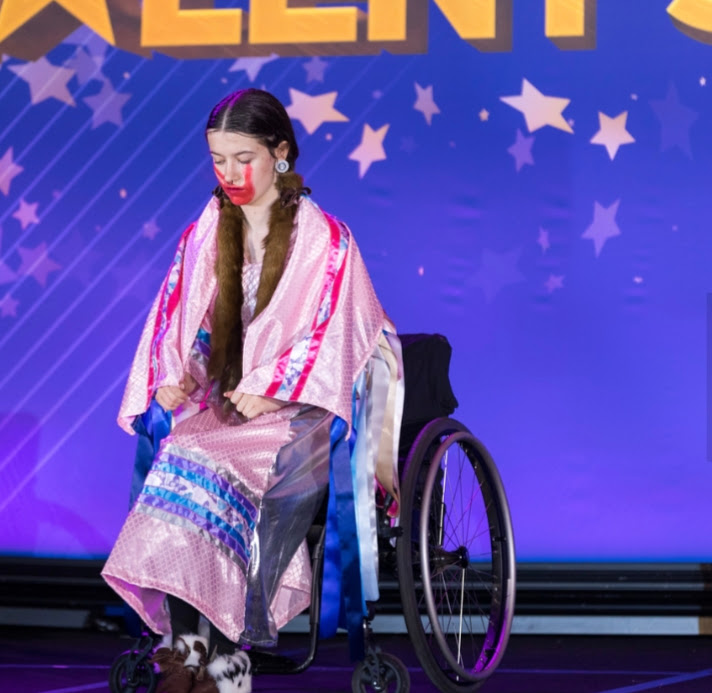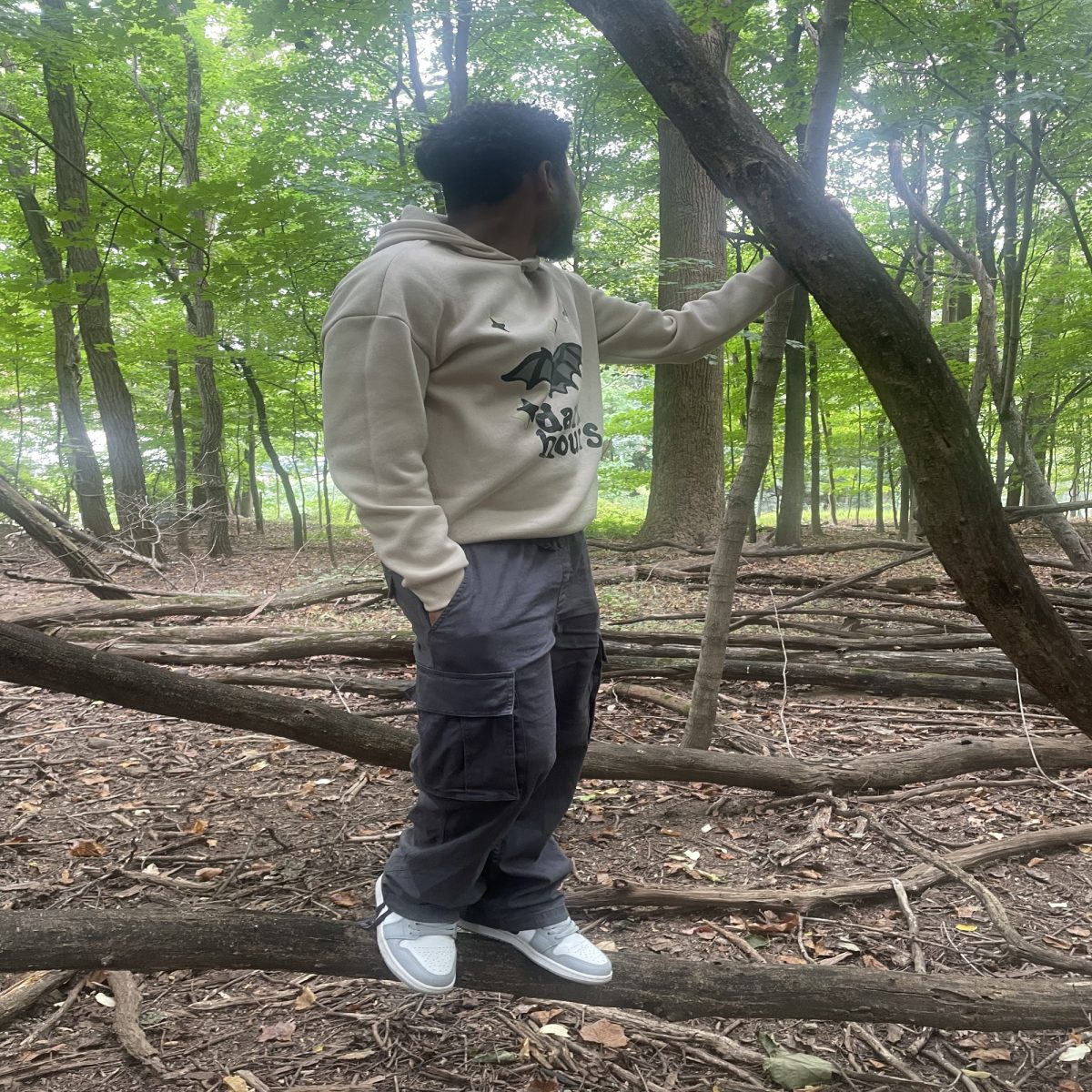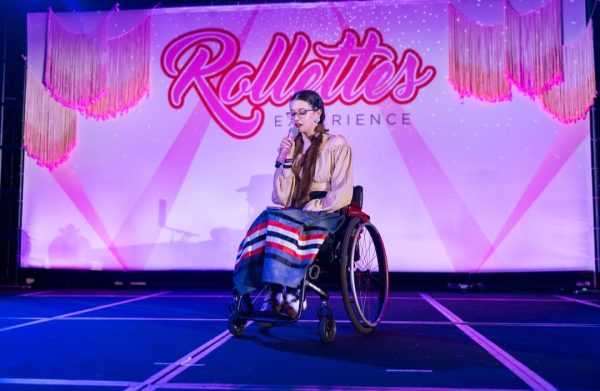I remember the first time I was told to leave my problems at the door, I was eight. My grandfather had died days prior. I wasn’t being a “sassy robot.” It was competitive cheerleading. A highly unregulated industry.
Competitive, also known as Allstar cheerleading, only recently gained its place in the sports industry, meaning it only recently required appropriate regulations. Yes, there were rules and guidelines. These rules beyond competitions were rarely enforced.
I started in 2013, I was five years old. By the time I was seven, I was on two teams. Two teams, a tumbling class, and a private lesson each week. Ten hours every week in the same place. Nearly every weekend from December to April, we traveled to a new city to compete our routines. All two and a half minutes to put our heart on the mat. Hair braided and slicked into tight ponytails, bows bigger than our faces. Bright red lipstick, sparkles adorning our eyelids, a team of 20 or so seven-year-olds.
We gave it our all every single time. Sometimes our all wasn’t enough. The older we got, the more difficult the requirements became. Expectations rose, often beyond the athletes’ ages. I remember the days after I had poured my heart onto the mat during practice, only to be denied water.
I was eight. Denied water. Often denied bathroom access. In the name of “One More Time.”
One more run through. One more stunt. One more tumbling pass. One more jump sequence. One more dance. One more something. But it was never “just one more.” There’s a joke, with some variability, that spreads across the cheer community: one equals three. It was never just one more stunt. Having my breathing medication taken, that was another “just one more.” But breathing doesn’t wait for cheerleading. It doesn’t wait for anything. That situation is one of many torturous practices I experienced as an athlete.
I got older, switched cheerleading gyms a handful of times, the experiences were often the same. Many gyms bragged about running their athletes until they threw up. I was 12 when I experienced my first spinal issue. I failed to complete a tumbling pass and bounced off the floor on my neck. In the middle of the routine, I got back up and finished the routine. Some see that as resilience or bravery, but I knew I couldn’t run anymore that day. I would pass out. It was highly dangerous for me to continue that routine with limited vision, a hope, and a prayer. I was a base at the time, responsible for holding other people in the air and catching them. When we fell, we ran. When we didn’t complete everything, we ran. We were always running. Running until someone passed out or threw up. And after I stepped off the mat, I promised that would’ve been the last time, I heard that dreaded phrase again.
One more time.
I’ve faced numerous concussions and injuries from an industry that has long neglected its athletes. I was 15, sharing the same mat as a seven-year-old. Beyond the neglect within the sport itself, many fail to address the rampant abuses that occur. I know at least a dozen athletes whose coaches sexually abused them. There is always a drug sting being busted. Every athlete I knew aged 13 or older either vaped, did drugs, or hurt themselves. Many in ways that weren’t so obvious. In my last few seasons, I was doing 30 hours a week in the gym, which certainly wasn’t safe for me. I can’t tell you how many times I was screamed at for minor errors. Conditioned to tolerate emotional and physical abuse. We were told to be “sassy robots”, a phrase meant to highlight the sharpness we should be executing, but it simply reduced us to objects.
I watched a grown adult cuss out a seven-year-old for a mistake, and the child got frustrated for misunderstanding the new corrections. I become numb to this. I believed it was a part of the industry. The yelling, the abuses, the things that dull our sparkle. The loss of expression, personality. To fit into boxes. My whole life was cheerleading. I was stunting with my friends in swimming pools, creating mini routines anywhere I went. Backflips and tumbling were my only personality traits.
I lost myself before I’d even gotten the chance to find myself. As an adult, I’m haunted by the memories of what was normalized. After mistakes, I find myself denying myself basic needs like water and bathroom access. I still view mistakes as being dangerous, a level of perfectionism that means I’m often terrified even to start. I will spend my adulthood trying to piece together a child who was nothing more than a shell, because after all, to the industry, I was nothing more than a sassy robot.







